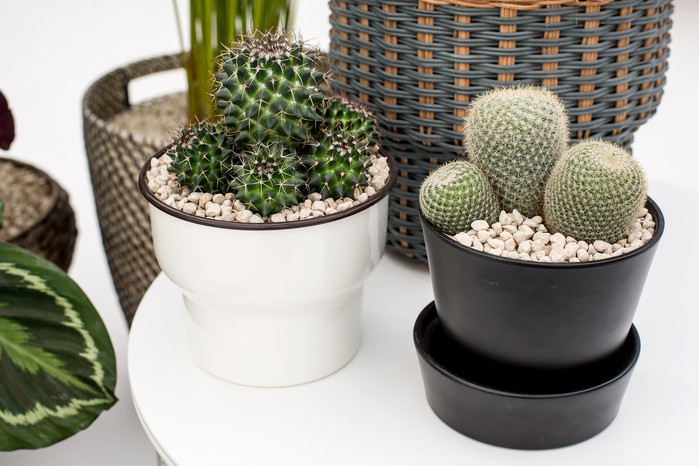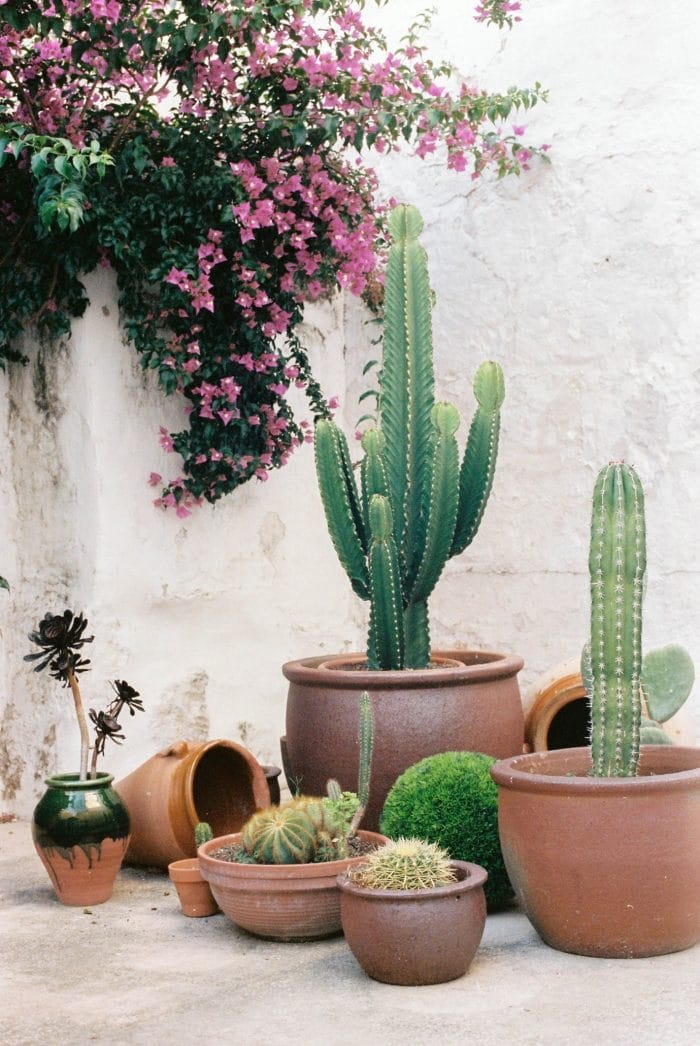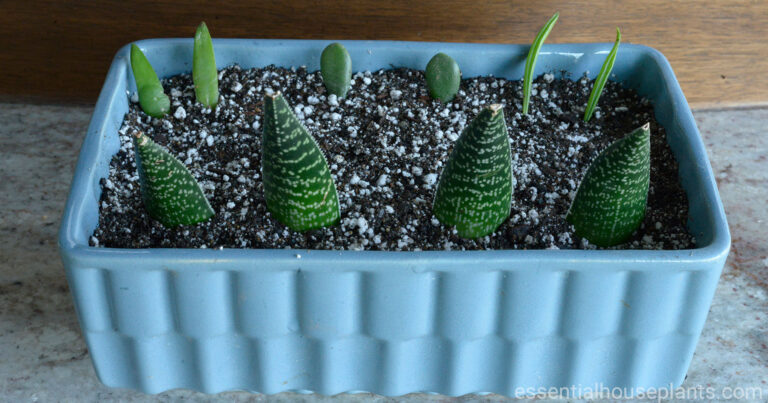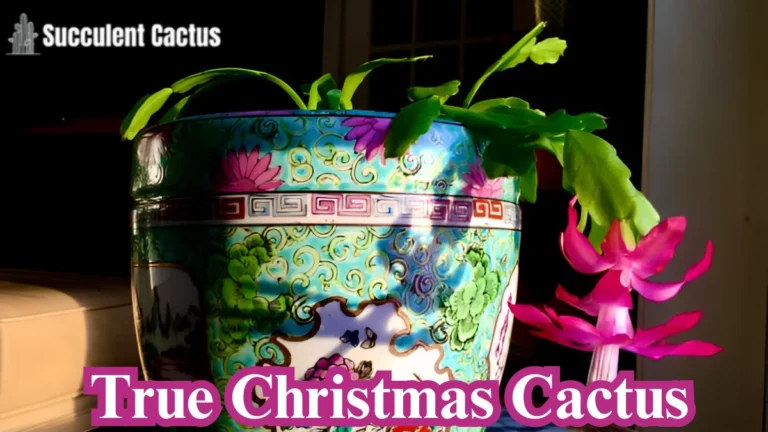Cactus Type: How to Identify and Care for Different Cactus Varieties
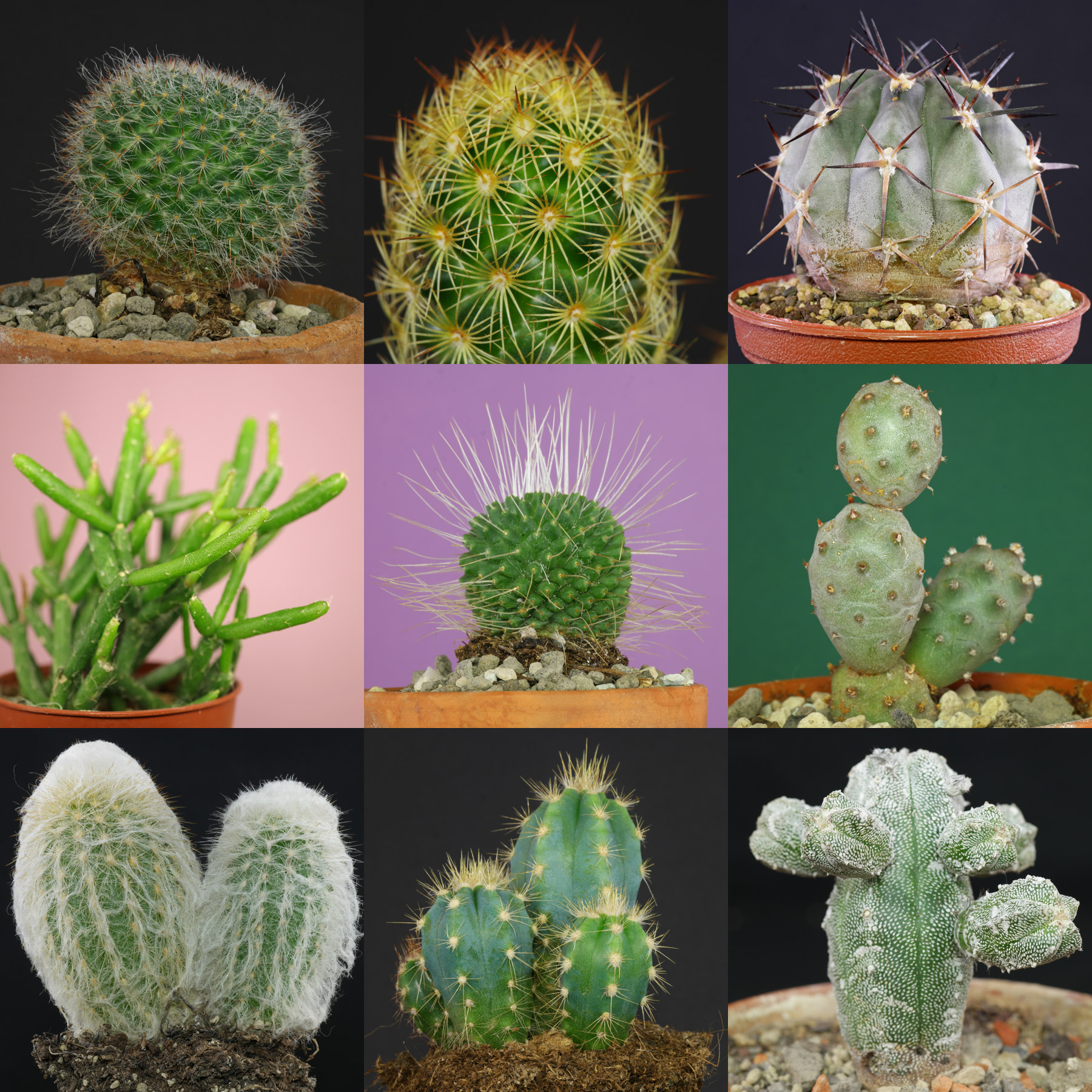
Cactus Type are fascinating plants, and their variety in size, shape, and color makes them unique additions to any garden or home. Whether you’re new to cacti or a seasoned plant enthusiast, learning about different Cactus Types is essential to understanding their care and maintenance. In this guide, we’ll delve into the world of cacti, exploring how to identify different Cactus Types, their characteristics, and the best care practices for each.
What is a Cactus?
A cactus is a type of plant belonging to the Cactaceae family, known for its ability to thrive in dry, arid conditions. The Cactus Type can vary greatly, from small, ball-shaped varieties to towering, tree-like species. Cacti are equipped with specialized features such as spines, thick stems, and water-storing capabilities, allowing them to survive harsh environments.
How to Identify Different Cactus Types
Identifying different Cactus Types can be a fun and informative experience. Some of the most common identifiers include the plant’s shape, size, and flower type. Here are a few ways to recognize various Cactus Types:
1. The Barrel Cactus
Barrel cacti are easily recognized by their rounded, barrel-shaped bodies. These cacti often feature prominent ribs and sharp spines. Some species can grow to be quite large, reaching up to 10 feet tall, while others remain smaller, making them perfect for smaller spaces.
2. The Saguaro Cactus
Known for its towering height and iconic arms, the Saguaro cactus is one of the most recognizable Cactus Types. This cactus can grow up to 40 feet tall and is primarily found in the Sonoran Desert. Its spines are long and needle-like, and it can live for up to 200 years.
3. The Prickly Pear Cactus
Prickly Pears are flat and wide, with pads that are often covered in spines. These cacti can produce vibrant flowers and edible fruit, known as “tunas.” This Cactus Type is especially popular for culinary use and is found throughout North and South America.
4. The Organ Pipe Cactus
This Cactus Type features multiple stems that grow together in a cluster. Organ Pipe cacti are named for their resemblance to organ pipes, and they often bloom at night. These cacti can reach impressive heights of up to 16 feet.
5. The Fishhook Cactus
Fishhook cacti are small and have uniquely curved spines, resembling the shape of a fishhook. They often grow in clusters and are typically found in desert regions. This Cactus Type is ideal for smaller gardens or as a houseplant.
Caring for Different Cactus Types
Each Cactus Type has its own unique care requirements, but there are a few general guidelines to follow for all varieties.
1. Light Requirements
Most cacti, regardless of Cactus Type, need plenty of sunlight to thrive. Place your cacti in a sunny spot where they can receive at least 6 hours of direct light daily.
2. Watering Needs
One of the most important aspects of cactus care is knowing when to water. Overwatering is a common mistake that can lead to root rot. Allow the soil to dry out completely between waterings, and reduce watering in the winter months when the cactus is dormant.
3. Soil and Fertilization
Use well-draining soil for all Cactus Types. Sandy or cactus-specific potting mixes work well for most varieties. During the growing season, you can fertilize your cactus with a diluted, balanced fertilizer once every month.
Cactus Types: Indoor vs. Outdoor Care
Some Cactus Types are better suited for indoor environments, while others thrive in outdoor gardens. Here’s a breakdown of which types of cacti perform well in different settings.
Indoor Cactus Types
- Christmas Cactus: Known for its beautiful flowers that bloom around the holiday season.
- Ball Cactus: Small and round, this type does well in pots and small containers indoors.
- Zebra Cactus: A striking indoor variety with white horizontal stripes across its green body.
Outdoor Cactus Types
- Saguaro Cactus: Perfect for desert landscapes, Saguaro cacti need plenty of space to grow tall.
- Prickly Pear: This hardy cactus can handle a variety of conditions and is often planted outdoors.
- Organ Pipe Cactus: A great addition to desert gardens, this cactus type thrives in full sun and dry soil.
Common Problems with Cactus Types and How to Solve Them
While cacti are generally easy to care for, there are some common issues that can affect different Cactus Types. Understanding these problems and knowing how to address them is essential for healthy cactus growth.
1. Overwatering
Overwatering is a common issue for many Cactus Types, leading to root rot. If you notice yellowing or mushy stems, reduce the frequency of watering.
2. Pests and Diseases
Common pests like mealybugs and spider mites can affect various Cactus Types. If you notice tiny webs or sticky residue on your cactus, it’s essential to treat the plant with an insecticidal soap or neem oil.
3. Lack of Sunlight
If your cactus isn’t growing as expected, it could be due to insufficient sunlight. Ensure that your cactus receives at least 6 hours of sunlight daily.
How to Propagate Different Cactus Types
Propagation is a great way to expand your cactus collection. The methods vary depending on the Cactus Type, but here are some common techniques:
1. Offsets and Pups
Many cacti produce small offsets or pups around their base. These can be carefully cut off and replanted to grow new cacti.
2. Seeds
For some Cactus Types, such as the Saguaro or Prickly Pear, seeds are the best way to propagate. Simply plant the seeds in well-draining soil and keep them moist until they begin to sprout.
3. Grafting
Some gardeners choose to graft certain cactus types onto other rootstocks for better growth or unique appearances. Grafting can be especially useful for slower-growing species.
Conclusion
Cacti are unique and diverse plants that come in various types, shapes, and sizes. By understanding the characteristics of each Cactus Type, you can choose the best varieties for your garden or home and provide the right care. From the towering Saguaro to the small, colorful Fishhook cactus, there is a cactus for every space and every gardener. With proper care, your cacti will thrive and become beautiful, low-maintenance additions to your environment.

